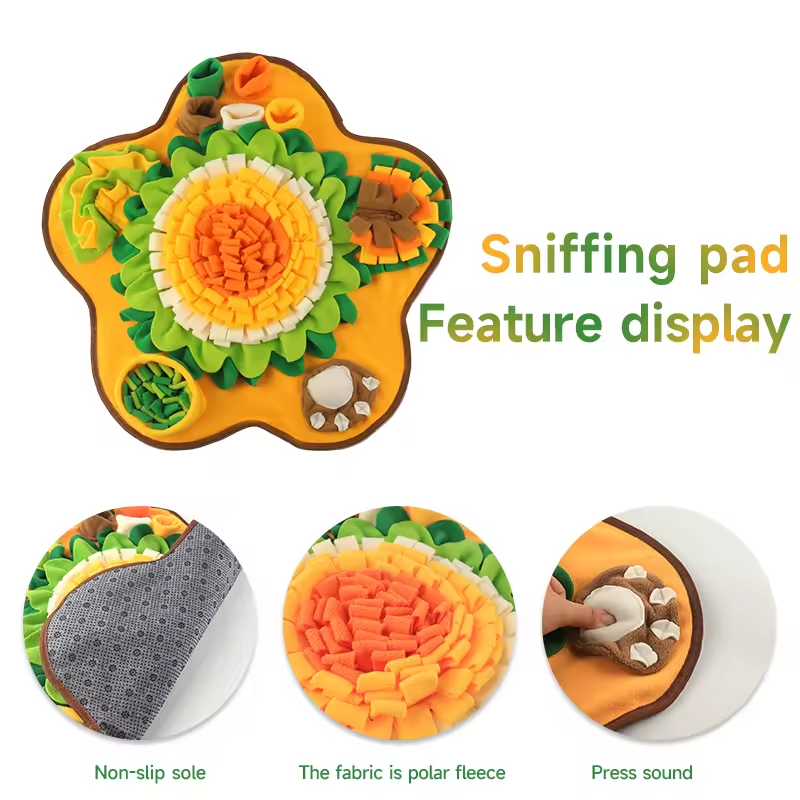The Versatility and Innovation of Wood Panels
Wood panels have long been a cornerstone in the world of construction, interior design, and furniture making. Their blend of beauty, functionality, and sustainability makes them an attractive choice for various applications. From solid wood panels to engineered varieties, the evolution and innovation surrounding wood panels continue to enhance their appeal in modern design.
Types of Wood Panels
Wood panels come in several forms, each catering to different needs and preferences. The most common types include plywood, particleboard, MDF (medium-density fiberboard), and hardwood panels.
1. Plywood Plywood is made by layering thin sheets of wood (called veneers) that are glued together. This cross-grain design enhances its strength and stability, making it a popular choice for structural applications such as flooring, wall sheathing, and roofing.
2. Particleboard Composed of wood chips, sawmill shavings, and sawdust that are bonded together with resin, particleboard is an economical option for furniture making and cabinetry. While it lacks the strength of plywood, it can be veneer-laminated to achieve an attractive finish.
3. MDF Like particleboard, MDF is made from wood fibers, but it is denser and offers a smoother surface. This makes it particularly well-suited for intricate moldings and cabinetry, as it holds paint and finishes exceptionally well.
4. Hardwood Panels Solid wood panels are crafted from hardwoods like oak, maple, and cherry. These panels are celebrated for their durability and natural beauty, making them desirable for high-end furniture and decorative applications.
Applications of Wood Panels
The versatility of wood panels allows them to shine in various settings. In residential projects, wood panels can be used for everything from flooring to wall cladding and furniture. Their aesthetic appeal adds warmth and character to spaces, whether through the natural grain of hardwoods or the uniformity of engineered options.
wood panel

In commercial settings, wood panels are used extensively in office spaces, retail environments, and hospitality designs
. They can serve both functional and decorative purposes, such as soundproofing, creating focal points, or enhancing brand identity through custom designs.Moreover, wood panels are increasingly being utilized in eco-friendly building practices. With a growing emphasis on sustainable materials in architecture, many manufacturers offer reclaimed wood panels or those sourced from responsibly managed forests. This further solidifies wood panels’ position not just as a design choice, but as a responsible and sustainable option.
Innovations in Wood Panel Technology
The advancements in wood panel technology have significantly influenced their production and utilization. Innovations such as improved adhesives have enhanced the strength and durability of engineered panels. Furthermore, there is a growing trend towards customizable wood panels that allow designers to create unique patterns and finishes tailored to specific project needs.
Smart technology is also making its way into wood panel applications. Builders and designers are now incorporating sensors and IoT capabilities into wood-based products, allowing for enhanced functionality, such as energy efficiency monitoring and interactive experiences.
Challenges and Considerations
Despite their many advantages, wood panels also face challenges. Issues such as moisture susceptibility, potential warping, and insect damage are important considerations for users. Proper treatment and maintenance play crucial roles in mitigating these risks. Additionally, the challenge of sourcing wood sustainably remains pertinent as demand continues to grow.
Conclusion
Wood panels are an essential element in the realm of architecture and interior design, offering an unmatched combination of functionality, beauty, and sustainability. As technology continues to advance, the future of wood panels seems promising, with innovations paving the way for even greater applications. Embracing wood panels not only celebrates craftsmanship and design but also aligns with a more sustainable approach to building and living. Whether utilized in residential, commercial, or eco-friendly contexts, wood panels will undoubtedly remain a beloved choice for generations to come.
